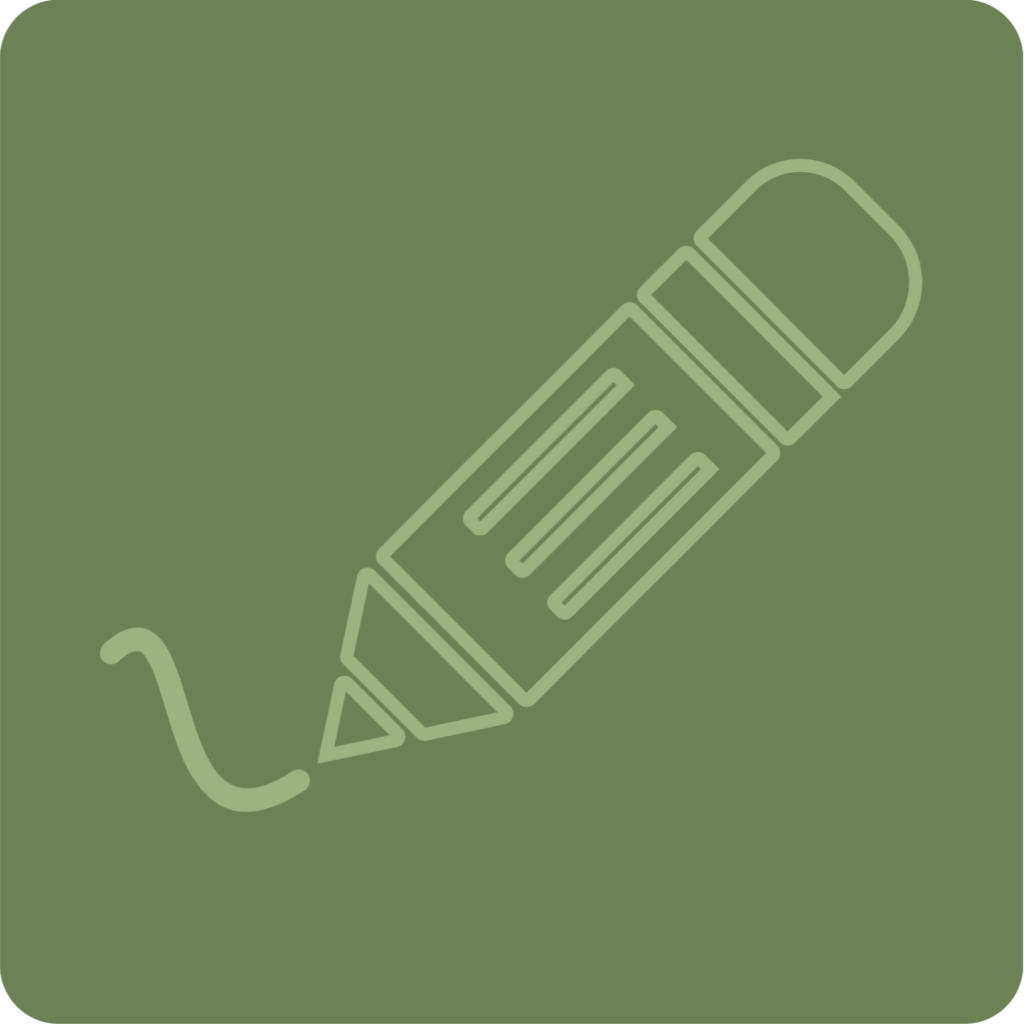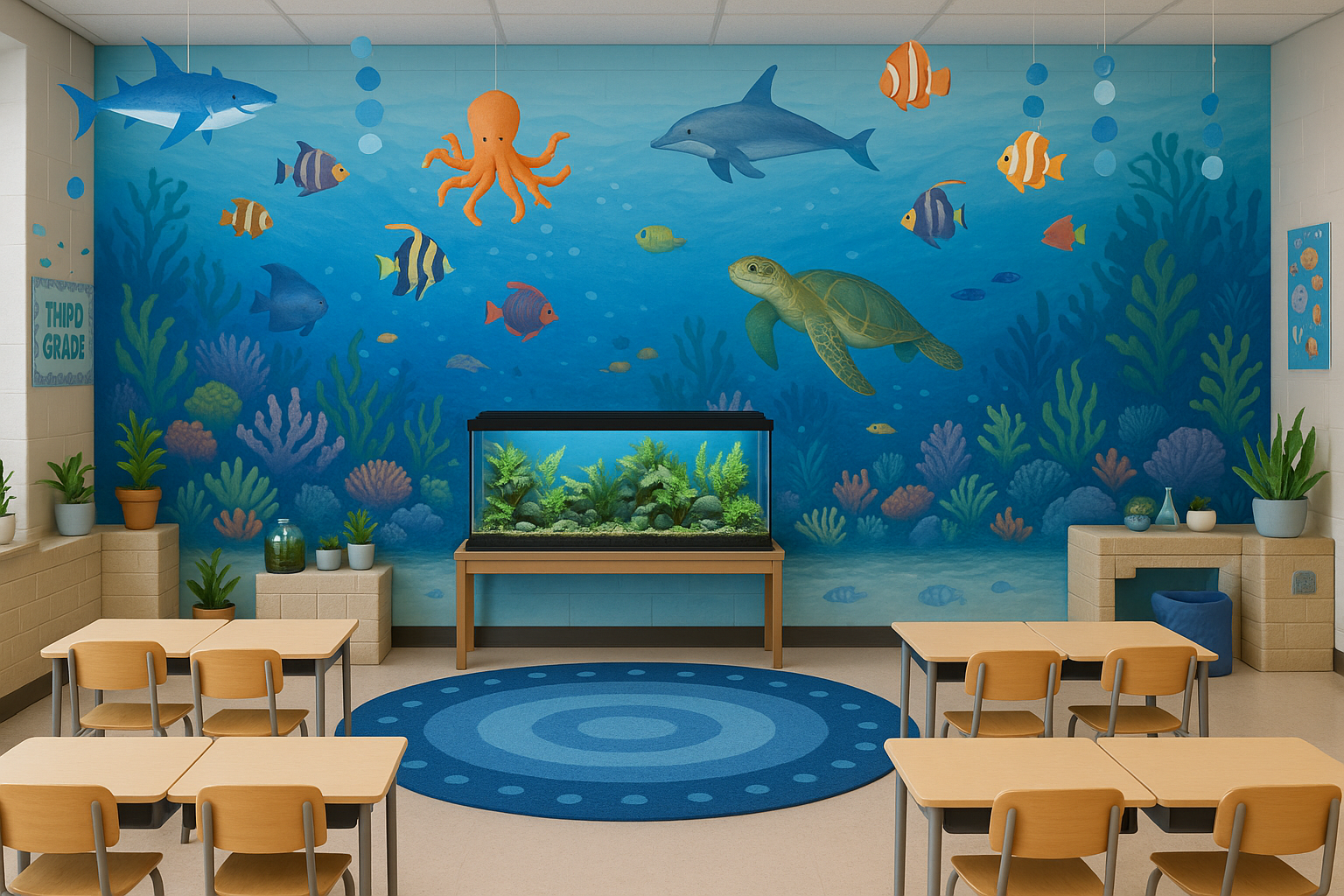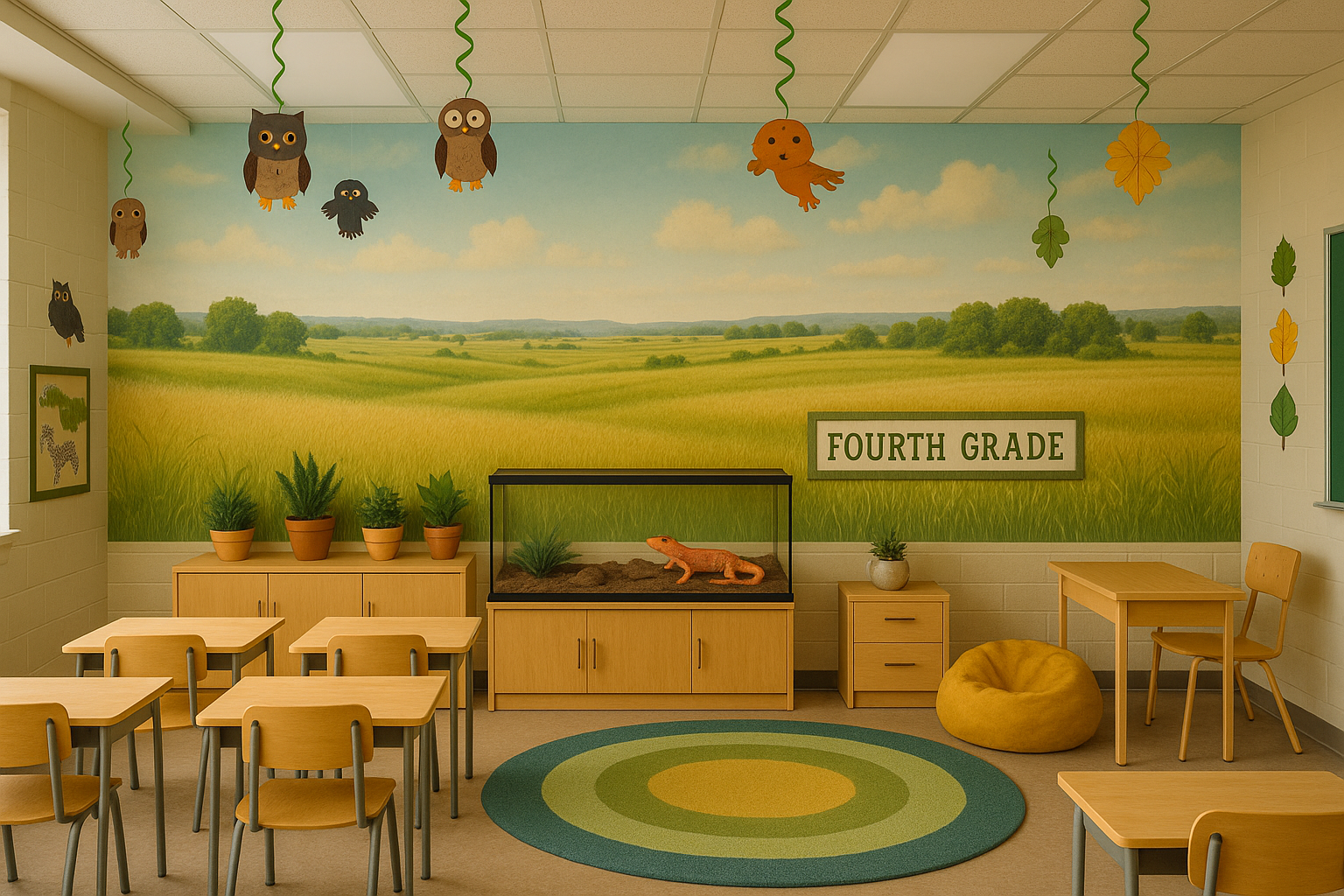
ORIGINS CURRICULUM
Why Origins?
The Origins Curriculum revolutionizes traditional learning by immersing students in a sequence of global biomes—desert, forest, aquatic, grassland, and tundra. Rather than teaching isolated subjects, Origins weaves science, art, literacy, social studies, and mindfulness into each ecosystem’s story, creating a cohesive, hands-on experience that taps into every learner’s curiosity.
Awarded for its innovative, nature centered approach, Origins gives K–5 students the skills to think critically, express creatively, and care deeply for the planet. By focusing on “who we are,” “who lives here,” “what’s happening,” and “how we’re connected,” Origins cultivates well-rounded thinkers prepared to tackle real-world challenges with empathy and imagination.
Movement - provides opportunities to take part in yoga-inspired movement, while engaging in mindful breathing to ground and center your student’s feelings and focus.
Reading - provides foundational skills and strategies for the study of language for your student to become a confident reader. Your student will be empowered to independently explore subjects that ignite their passions.
Writing - provides foundational skills and strategies for your student to meaningfully share ideas, express themselves, and connect with others and the world.
Culture & Society - provides a chance to explore ourselves and others through the study of human culture and history. This study pushes your student to think both critically and creatively, so they can imagine and take part in a better future.
Fine Arts - provides hands-on artistic exploration to help your student explore their internal and external worlds. This exploration helps your student practice and develop their own personal relationship with self-expression.
Nutrition - provides your student the opportunity to learn about how the body needs and uses nutrients to stay healthy. Thematic recipes offer a hands-on learning experience, exploration of global food culture, and an opportunity for meaningful connection.
Science - provides your student an outlet to discover and understand the world around them. Lessons and hands-on experiments deepen your student’s comprehension of how things work, and enhance their connection to the habitats and ecosystems that sustain us.
Mathematics - provides a right-brained approach to math, helping your student understand math in the context of the natural world. Lessons focus on developing understanding, opportunities for meaningful practice, and encouraging your student to apply what they have learned.
Mindfulness - provides your student space and guidance for calming the senses, increasing focus and attention, and bringing awareness to the present moment.
Origins Focal Points
How It Works
Biome Immersion
Each grade spends 6–8 weeks fully immersed in one biome (desert, forest, aquatic, grassland, or tundra) experiencing its unique climate, flora, and fauna firsthand. Students engage in daily fieldwork, from measuring soil moisture to identifying native plants, to build a deep, contextual understanding of their environment. Lessons extend beyond the classroom, involving local experts and cultural traditions that enrich scientific study. This sustained immersion ensures learners form lasting connections to the ecosystems they study.
Focal-Point Integration
Every day, students explore four core themes - Internal, External, Metaphysical, and Interconnection - through a variety of activities. “Internal” lessons focus on self-awareness and mindfulness, helping children reflect on their personal growth. “External” units highlight local cultures and living organisms, while “Metaphysical” investigates natural processes like weather patterns and ecological cycles. “Interconnection” ties it all together by illustrating how energy, water, and resources flow through and between biomes, fostering systems thinking.
Art and Reflection
After hands-on exploration, students use art to synthesize and communicate their discoveries, such as painting desert landscapes, sculpting forest wildlife, or composing songs about water conservation. This creative process deepens understanding by requiring learners to translate observations into tangible expressions. Reflection sessions encourage them to share insights and discuss how their projects connect to broader ecological and cultural concepts. By blending artistic practice with scientific inquiry, Sky Island nurtures well-rounded thinkers who learn to convey complex ideas with clarity and empathy.
Our Classes by Biome























